Any citizen or resident may apply for the residence by family request. However, the processing time changes depending on the category the family member is in. Therefore, today we will look at everything you need to know about the preference categories and the family members included in them.
Obtaining permanent residency through a family petition is a difficult process. The number of documents required and the various preference categories can be confusing to any applicant. But do not despair. At Zava Immigration Law Group we can help you. Talk to one of our attorneys and secure your family’s future.
Table Of Contents
Green Card by Family Petition: How Does It Work?
Residency through family petition is a permanent status obtained by filing an application supported by an immediate relative who is a citizen or permanent resident in the country. Now, although it is possible to sponsor any immediate family member, there are different levels of preference when it comes to receiving a green card.

This is where the preference categories come in. These establish the order of priority based on the beneficiary’s relationship with the U.S. sponsor. For example, applications in the first preference category are processed faster than those in the second preference category.
Preference Categories in Detail
In the following sections, we will explain in detail each of the categories of preference for family petition residency. If you have any doubts about which one your loved one belongs to, we at Zava Immigration Law Group can help. Talk to an attorney today and secure a future in the United States with your family.
F1 Category
Also known as “First Preference,” it includes unmarried sons and daughters over the age of 21 of U.S. citizens, along with their children. Some 23,400 visas are issued each year in this category.
F2 Category
For the second of the preference categories, known as F2 or second preference, about 114,200 visas are issued annually and are divided into the following subcategories:
- Category F2A: Comprised of spouses and unmarried children under 21 years of age of permanent residents. Approximately 77% of the F2 category visas are reserved for these family members.
- Category F2B: Includes unmarried sons and daughters over 21 years of age of residents. Please note that there is no preference category for married children of permanent residents.
F3 Category
The third of the preference categories is known as F3 or third preference. It is composed of married sons and daughters of U.S. citizens and their children under 21 years of age. Some 23,400 F3 visas are granted per year.
Category F4
The F4 category is the fourth and last of the preference categories. Also known as the fourth preference category, this category includes siblings of U.S. citizens and their spouses and children, with about 65,000 visas issued annually for this category.
Table of Family Immigration Preference Categories
Thus, the categories of preference for family immigration would be ordered as shown in the following table:
| Category | Family Members Included |
| F1 Category (First preference) | Unmarried sons and daughters of U.S. citizens over 21 years of age. |
| Category F2A (Second preference) | Spouses and unmarried children under 21 years of age of legal permanent residents. |
| F2B Category (Second Preference) | Unmarried sons and daughters over 21 years of age of legal permanent residents. |
| Category F3 (Third preference) | Married sons and daughters of citizens. American. |
| Fourth preference (F4) | Brothers and sisters of U.S. citizens if the U.S. citizen is 21 years of age or older. |
Essential Requirements to Obtain Residency
The essential requirements for obtaining residency are as follows:
- Verify eligibility based on family relationship, employment, investment, asylum or other immigration program.
- File the corresponding petition with USCIS.
- Complete and pass a medical examination by a USCIS-designated physician.
- Provide evidence of financial support to demonstrate ability to support themselves.
- Not have a serious criminal record (certain crimes can be forgiven through an immigration waiver).
- Complete and pass an immigration interview with a USCIS officer.
- If in the United States, file Form I-485 for adjustment of status; if outside the United States, complete consular visa processing.
- Pay all fees and comply with additional requirements specific to the type of visa or immigration category.
Please note that additional requirements may apply depending on whether you are applying for family-based residency, employment-based residency, or another immigration program. Therefore, it is best to consult with an attorney to make sure you are eligible. At Zava Immigration Law Group we are here to help you. Contact us and secure your future and that of your family.
What is the difference between an immediate relative visa and a family preference visa?
The immediate relative visa is reserved for spouses, unmarried children under the age of 21, and parents of U.S. citizens, with an unlimited issuance of green cards. In contrast, the family preference visa is available for more distant relatives, with a limited number of visas issued annually, which can have long waiting times.
How long does the family immigration process generally take?
The processing time for family-based immigration can generally take several months or even years depending on certain factors. Some of the most significant are the preference category you are in, the type of visa applied for, the applicant’s country of origin, and the USCIS workload.
Can I apply for permanent residence if my family member is in the F4 category?
This depends on the age and status of the petitioner or sponsor. Only U.S. citizens under the age of 21 may petition for residency for their brothers and sisters. Permanent residents, on the other hand, cannot petition for their brothers and sisters.
What role does USCIS play in the family sponsorship process?
USCIS is responsible for processing petitions filed by U.S. citizens or permanent residents who wish to sponsor family members for U.S. residency. In addition, the agency verifies the eligibility of applicants, conducts interviews and approves or denies family-based immigration petitions.
What are the essential documents for the immigrant visa application?
While the documentation required varies depending on the visa you wish to apply for, these are the documents required for any visa application:
– Valid passport with at least six months validity beyond the intended date of entry.
– Visa application form, available online or at the corresponding embassy or consulate.
– Recent photographs that meet the country’s requirements.
– Criminal record certificate, if required.
– Medical certificate showing good health.
– Financial proof of ability to support themselves in the country of destination.
– Documents evidencing links with the country of origin.
– Documents specific to the visa category requested, such as an offer of employment for employment visas or family documents for family visas.

It is essential to verify the particular requirements of the visa and the destination country, as they may vary. Therefore, it is best to seek the assistance of an immigration attorney to help you gather the necessary documentation. At Zava Immigration Law Group we can help you. Talk to a lawyer and let’s get your documents in order.
Legal assistance for family immigration
Family immigration is a great way to reunite with your loved ones, securing a future in the United States with your family. However, the process can be confusing as its requirements and processing times vary depending on the family immigration preference categories.
For all these reasons, it is essential to seek the assistance of an immigration attorney to guide you through the process. Don’t risk your family’s future by navigating the immigration system on your own. At Zava Immigration Law Group we can help you. Tell us your case and take the first step towards permanent residency.
Sources
USCIS – Permanent Residency for Family-Based Immigrants
USCIS – I-130, Petition for Alien Relative Petition
USCIS – I-485, Application to Register Permanent Residency or Adjust Status
Other Resources
Form N-400: Road To Citizenship
How to Apply for Permanent Residency for a Family Member, Step by Step
I-130 Family Petition: What You Should Know
How To Cancel An I-130 Petition Step By Step
Wife To Husband Family Petition: Complete Guide To 2024
Sibling-To-Sibling Petition: Requirements, Steps And More
Approved Juvenile Status: How to Start on the Road to Permanent Residency
Consular Processing: A Step-By-Step Detailed Guide
Consular Interview For Residency: Everything You Need To Know






